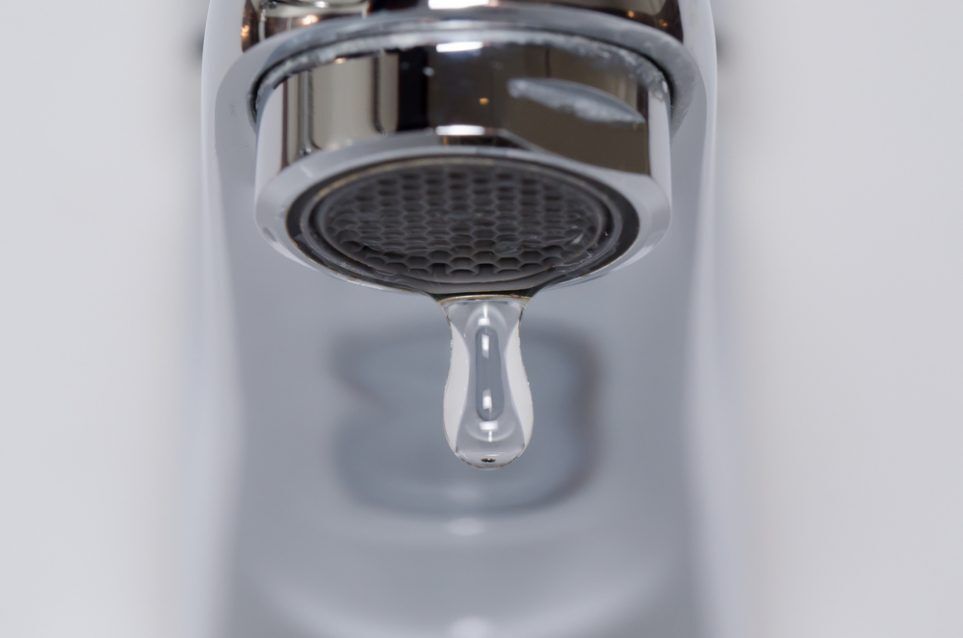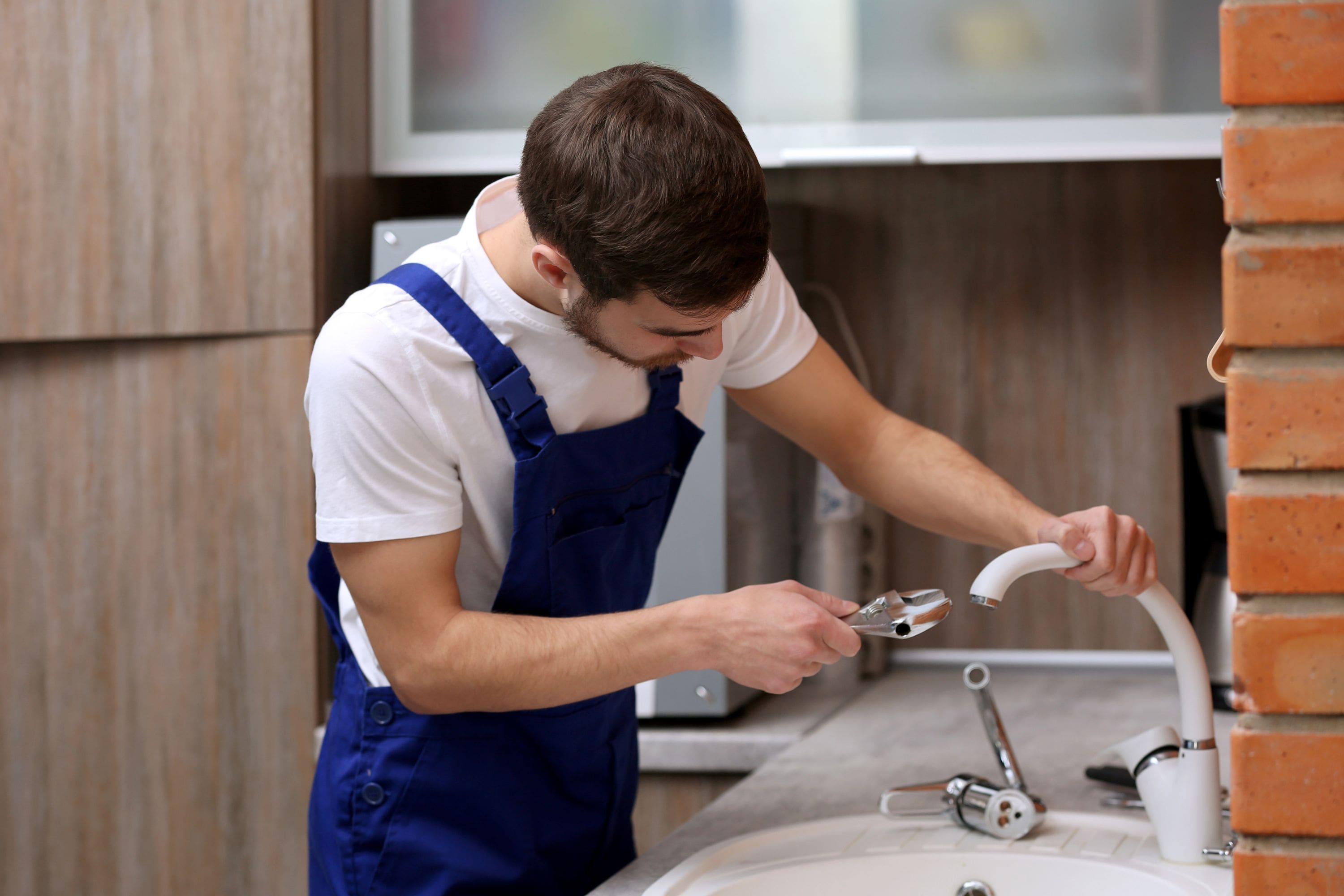Our Importance of Correcting a Leaking Faucet
Our Importance of Correcting a Leaking Faucet
Blog Article
We've encountered the article relating to What Causes Leaky Faucets & How To Fix Them down the page on the net and think it made good sense to write about it with you on this page.

Leaking taps could feel like a small trouble, but their impact exceeds just the nuisance of the noise. From wasting water to sustaining unnecessary financial costs and health risks, disregarding a dripping faucet can lead to numerous effects. In this write-up, we'll look into why it's vital to resolve this usual family problem quickly and efficiently.
Wastage of Water
Ecological Influence
Leaking faucets add dramatically to water wastefulness. According to the Environmental Protection Agency (EPA), a single faucet trickling at one drip per second can squander more than 3,000 gallons of water each year. This not only strains water sources however likewise affects ecosystems and wild animals based on them.
Step-by-Step Guide to Repairing a Dripping Tap
Devices Required
Prior to attempting to fix a trickling faucet, collect the needed tools, consisting of an adjustable wrench, screwdrivers, substitute parts (such as washers or cartridges), and plumber's tape.
Common Tap Issues and Their Solutions
Identify the sort of faucet and the specific problem causing the drip. Typical problems consist of worn-out washing machines, rusty shutoff seats, or faulty O-rings. Refer to supplier directions or on-line tutorials for step-by-step advice on repair services.
Financial Costs
Boosted Water Bills
Past the ecological effect, trickling faucets can pump up water costs substantially. The built up wastefulness in time converts into higher energy expenses, which might have been stayed clear of with timely repair services.
Possible Building Damage
Additionally, extended trickling can lead to damage to components and surface areas surrounding the faucet. Water buildup can create staining, rust, and also architectural issues if left ignored, causing extra repair service prices.
Health Worries
Mold And Mildew and Mold Growth
The constant existence of wetness from a trickling faucet creates an optimal setting for mold and mildew and mold development. These fungi not just compromise indoor air quality however likewise present health and wellness dangers, specifically for people with respiratory system problems or allergic reactions.
Waterborne Conditions
Stagnant water in dripping faucets can become a breeding ground for bacteria and various other virus, raising the threat of waterborne conditions. Impurities such as Legionella microorganisms grow in stationary water, possibly resulting in severe illnesses when consumed or breathed in.
Do it yourself vs. Expert Repair work
Advantages and disadvantages of DIY Repair
While some might try to take care of a leaking faucet themselves, do it yourself fixings feature their own collection of difficulties. Without appropriate knowledge and devices, do it yourself attempts can exacerbate the concern or cause incomplete repair work, lengthening the trouble.
Benefits of Hiring a Specialist Plumber
Hiring a specialist plumber makes sure that the underlying root cause of the dripping tap is dealt with effectively. Plumbers have the competence and equipment to detect and repair tap problems efficiently, conserving time and minimizing the threat of further damages.
Environmental Duty
Private Contribution to Preservation
Taking responsibility for dealing with leaking taps aligns with more comprehensive efforts towards water conservation and environmental sustainability. Every person's actions jointly make a substantial impact on maintaining precious resources.
Lasting Living Practices
By focusing on timely repair work and taking on water-saving behaviors, people add to sustainable living methods that benefit both present and future generations.
Safety nets
Routine Upkeep Tips
To prevent leaking faucets, do routine maintenance such as cleansing aerators, checking for leakages, and replacing damaged components quickly. In addition, consider setting up water-saving tools or upgrading to extra effective components.
Significance of Prompt Fixes
Addressing leaking taps as quickly as they're discovered avoids additional water wastefulness and potential damage, eventually conserving both water and cash in the long run.
Effect On Residential Or Commercial Property Value
Assumption of Well-Maintained Property
Preserving a building in good condition, including dealing with maintenance problems like trickling taps, boosts its perceived value and desirability among potential purchasers or occupants.
Impact on Resale Worth
Qualities with properly maintained plumbing fixtures, including taps, command greater resale worths in the property market. Addressing dripping faucets can contribute to a favorable impact throughout building inspections and negotiations.
Conclusion
Addressing a dripping faucet goes beyond plain ease; it's an essential action towards preserving water, minimizing financial costs, and safeguarding wellness and property. Whether via do it yourself fixings or expert support, taking action to fix trickling taps is a little yet impactful way to advertise liable stewardship of sources and add to a healthier, more lasting future.
Most Common Reasons for a Leaky Faucet and How to Stop the Drip
Whether it’s your kitchen faucet leaking or a bathroom faucet leaking, one leaky faucet can waste anywhere from three to 30 gallons of water every single day. If the constant drip-drip-drip doesn’t get your attention, your water bill will. The good news is that, by following a few simple steps, chances are pretty good you can fix the problem yourself.
Why is it dripping?
Before you start taking things apart, let’s break down some of the most common causes of a leaky faucet.
Bad O-ring.
A cartridge is a valve that controls the flow of water into the faucet spout. On cartridge faucets there’s an O-ring—the little disc attached to the stem screw that holds the faucet handle in place. If it’s loose or worn-out, it can cause your sink handle to leak. Of course, the cartridge itself could be worn out. If that’s the case, make sure you replace it with the exact same kind.
Corroded valve seat.
The valve seat connects the faucet and the spout. If the leak seems to be coming from the spout, it might be because a buildup of water sediment has corroded the valve seat.
Worn-out washers or seals.
A leaky spout could be caused by a bad washer that rests against the valve seat. It’s just a matter of time before friction takes its toll. It could also be the wrong size washer or one that’s been installed incorrectly. Water sediments can also corrode inlet and outlet seals.
Water pressure.
If the faucet only drips now and then, or when you turn the handles a certain way, you should probably check your home’s water pressure.
Loose or broken parts.
The adjusting ring and packing nuts in the stream screw can become loose over time, causing your sink handle to leak. Try tightening or replacing the packing nut. If the leak is coming from the pipes underneath the sink, you probably have a broken pipe or fitting. If that’s the case, you should definitely call a plumber.
Know your faucet.
Faucets come in a variety of types. Each one has its own assembly—and its own possible causes of leaks. Learning about the four most common kinds of faucets will help you know how to take them apart and make any repairs.
How to stop a leaky faucet
Fixing that leaky faucet doesn’t have to take a lot of time, money, or expertise. It’s usually a simple matter of replacing a worn-out washer or gasket, a loose O ring, or another part. Chances are really good you can do this yourself if you follow these simple steps.
Shut off the water.
Before you tackle the faucet, cut off the water supply to the sink. There should be one valve for hot and one for cold. Hand-turn them clockwise with your hands till they close. If there are no valves under the sink, head to the basement and shut off the main water supply to the house. Then turn on the faucet until it empties out the water that’s still in the line and you’re ready to start. It’s a good idea to cover the sink drain with a plug or a rag so you don’t lose any small pieces and parts while you’re working.

I was brought to that article about Why Is It Important To Fix Your Leaking Tap/Faucet? through a pal on our other web address. Do you know another individual who is inquisitive about the subject? Feel free to share it. Thanks a lot for being here. Kindly come by our website back soon.
Report this page